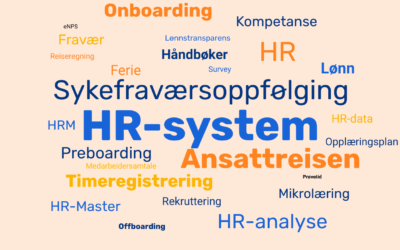How to get the person on sick leave back to full working capacity

Blog series: How to simplify and improve your workday
Working hours:
Workload:
- Gradual increase: Gradually increase the workload in line with the employee's recovery. This gives them the opportunity to adapt to the work tasks without overloading themselves from the start.
- Delegation: Share tasks with other team members to lighten the sick person's workload. This also promotes collaboration and strengthens the team.
Work tasks:
- Customization of tasks: Evaluate and adapt tasks according to the employee's skills and capacity. This may involve temporary changes in responsibilities or assigning tasks that are less demanding.
- Training and support: Make sure the employee receives the necessary training and support to perform changed or new tasks. This contributes to a smoother transition.
Assistive technology:
- Technological aids: Consider the use of technological solutions or adaptations that can facilitate the employee's work. This can include the adaptation of computer tools, ergonomic aids or customized workstations.
- Close cooperation with the occupational health service: Consult the occupational health service for advice on suitable aids and adaptations that can support the sick person in the workplace. Read about 4human Helse to gain insight into an occupational health service.
Expectation clarification:
Download guide: How to streamline sick leave follow-up in your business
Download guide: How to streamline sick leave follow-up in your business
Related posts
Traftec paves the way for smarter roads through structured Competence Management
In 2023, Traftec, Norway's leading electrical contractor, took a significant step towards a more digitalized everyday life by entering into an agreement...
HR glossary
Here are terms and abbreviations that you who work in HR should know – whether you are new to the profession or want a refresher. To...
HR courses
All companies that use 4human HRM should have subject matter experts with good expertise to ensure efficient operation of the system. Expertise in...


